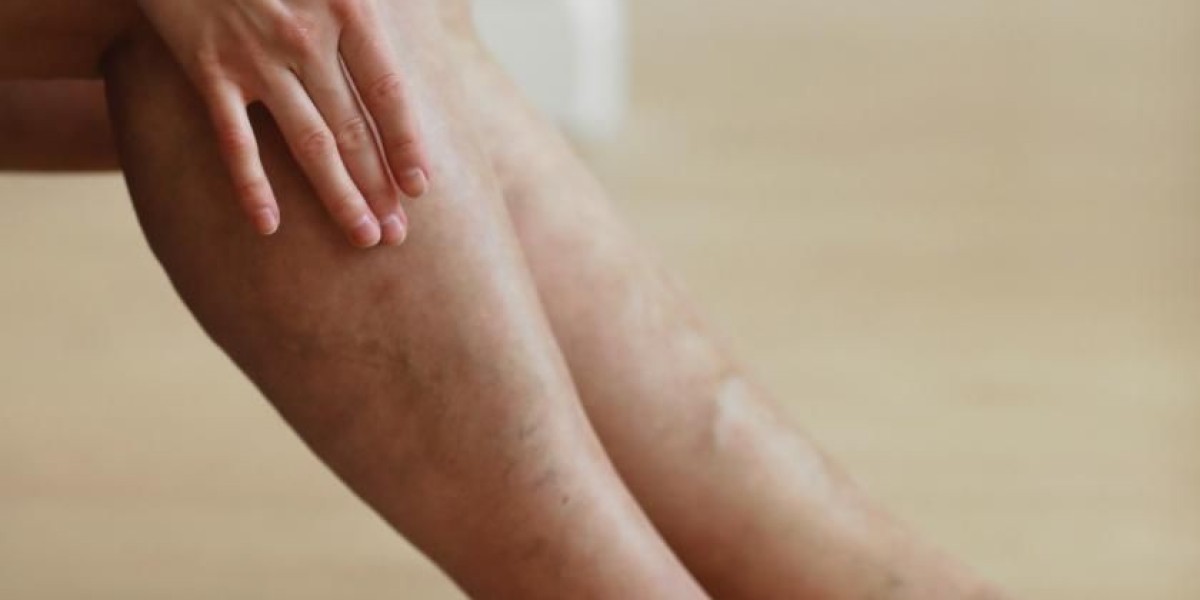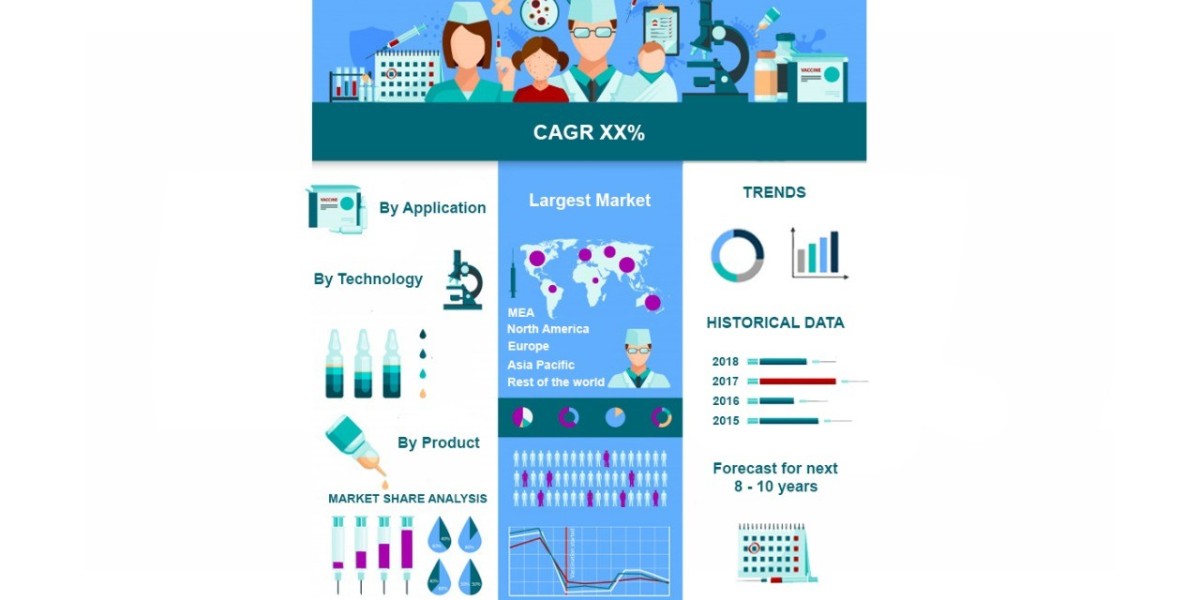Varicose veins are swollen, twisted veins that often appear on the legs and feet due to weakened or damaged vein walls and valves. These veins can range from mild, barely noticeable lines to severe, bulging veins that cause discomfort and affect mobility. Seeking early care is essential for both cosmetic and health reasons. Modern Varicose Veins Treatment has evolved significantly, offering multiple approaches tailored to the severity of the condition, ensuring both safety and effective results.
Varicose veins are not only a visual concern—they can indicate underlying circulatory problems. Mild cases might present as small blue or purple veins that appear during standing or sitting, while severe cases can lead to pain, swelling, skin changes, or even ulceration. Understanding the spectrum of varicose veins is the first step toward selecting the most appropriate treatment.
Causes of Varicose Veins
Genetic Predisposition
Family history plays a major role in varicose vein development. If parents or siblings have varicose veins, the likelihood of developing them increases. Genetics influence vein wall strength and valve efficiency, making some individuals more susceptible.
Lifestyle Factors
Prolonged standing or sitting, obesity, and lack of physical activity can contribute to vein weakness and venous insufficiency. Sedentary lifestyles reduce circulation in the lower limbs, promoting blood pooling and the formation of varicose veins.
Hormonal Influence
Hormonal changes, especially in women during pregnancy, menstruation, or menopause, can weaken vein walls. Increased estrogen and progesterone levels relax the veins, which can exacerbate varicose veins.
Age-Related Changes
As we age, veins lose elasticity, and valves may weaken. This naturally increases the risk of varicose veins over time, emphasizing the importance of monitoring vein health regularly.
Symptoms of Varicose Veins
Mild Symptoms
Visible blue or purple veins
Slight heaviness in the legs
Occasional mild swelling or discomfort
Moderate Symptoms
Persistent leg pain or aching
Noticeable swelling, especially around ankles
Itching or skin irritation over affected veins
Severe Symptoms
Bulging veins that are visibly raised
Chronic swelling and heaviness
Skin discoloration, dryness, or ulceration
Increased risk of blood clots
Recognizing these symptoms early allows individuals to seek appropriate Varicose Veins Treatment and prevent progression from mild to severe cases.
Diagnosis and Evaluation
Physical Examination
A comprehensive physical exam allows specialists to identify visible vein issues and assess the severity. Doctors may check for tenderness, swelling, skin changes, or ulceration.
Imaging Tests
Ultrasound is commonly used to evaluate blood flow, detect valve malfunctions, and rule out deep vein thrombosis (DVT). Imaging provides a precise understanding of vein health, which is essential for selecting the most suitable treatment option.
Risk Assessment
Patients with mild symptoms may benefit from lifestyle modifications or minimally invasive procedures, while those with severe varicose veins often require advanced interventions. Proper evaluation ensures personalized treatment and improved outcomes.
Treatment Options for Mild Varicose Veins
Compression Therapy
Wearing compression stockings promotes blood flow, reduces swelling, and alleviates discomfort. These stockings are highly effective for early-stage varicose veins, especially for individuals who spend long periods standing or sitting.
Lifestyle Modifications
Regular exercise to improve circulation
Weight management to reduce vein pressure
Elevating legs to reduce swelling
Avoiding prolonged sitting or standing
Implementing these habits alongside conservative measures can slow the progression of mild varicose veins.
Sclerotherapy
This procedure involves injecting a solution into small veins, causing them to collapse and gradually fade. Sclerotherapy is effective for spider veins and smaller varicose veins and requires minimal downtime.
Treatment Options for Moderate Varicose Veins
Endovenous Laser Therapy (EVLT)
EVLT uses laser energy to close off affected veins. The procedure is minimally invasive, performed under local anesthesia, and provides faster recovery compared to traditional surgery.
Radiofrequency Ablation (RFA)
RFA involves heating the vein walls using radiofrequency energy, causing them to collapse and seal. This treatment is effective for larger veins and offers long-term relief with minimal scarring.
Ambulatory Phlebectomy
In this procedure, small incisions are made to remove superficial veins. It is ideal for patients with visible bulging veins that do not respond to sclerotherapy or endovenous procedures. Recovery is generally quick, and cosmetic results are excellent.
Treatment Options for Severe Varicose Veins
Vein Ligation and Stripping
A traditional surgical procedure where the affected vein is tied off (ligation) and removed (stripping). It is typically recommended for severe or complicated varicose veins that do not respond to minimally invasive treatments.
Advanced Endovenous Techniques
Combination therapies using laser, radiofrequency, and foam sclerotherapy
Ultrasound-guided interventions for precise targeting
These approaches reduce recovery time and enhance treatment effectiveness in severe cases.
Managing Complications
Severe varicose veins can lead to skin ulcers, infections, or blood clots. Early intervention is essential to prevent complications and improve quality of life. Proper medical guidance ensures safe management of these advanced cases.
Recovery and Post-Treatment Care
Immediate Post-Treatment Tips
Wear compression stockings as recommended
Elevate legs to improve circulation
Avoid prolonged standing or heavy lifting
Long-Term Care
Regular physical activity to maintain vein health
Periodic check-ups to monitor for recurrence
Healthy weight management and diet
Following post-treatment care plans significantly enhances long-term outcomes, regardless of whether the treatment was conservative or surgical.
Myths and Misconceptions About Varicose Veins Treatment
“Varicose veins only affect older adults”
While age is a factor, varicose veins can develop at any age due to genetics, lifestyle, or hormonal changes.
“Varicose veins are purely cosmetic”
Untreated varicose veins may lead to pain, swelling, ulcers, and circulation issues, making treatment important for overall health.
“Surgery is the only option”
Modern treatments such as laser therapy, radiofrequency ablation, and sclerotherapy provide minimally invasive alternatives with quicker recovery.
Choosing the Right Treatment Approach
The choice of treatment depends on:
Severity of varicose veins
Presence of symptoms or complications
Patient lifestyle and preferences
Professional evaluation and imaging results
A personalized treatment plan ensures optimal results and reduces the likelihood of recurrence.
Lifestyle Practices to Support Varicose Veins Health
Engage in low-impact exercises such as walking, swimming, or cycling
Avoid sitting with crossed legs for long periods
Maintain a balanced diet to support healthy circulation
Stay hydrated and reduce prolonged exposure to heat
These practices complement medical interventions and support long-term vein health.
When to Seek Immediate Medical Attention
Seek professional guidance if you notice:
Sudden swelling or pain in one leg
Skin ulcers or discoloration
Signs of blood clots, such as warmth, redness, or tenderness
Timely intervention prevents serious complications and enhances the effectiveness of treatment.
Conclusion
Mild to severe varicose veins require a carefully tailored approach for optimal results. From compression therapy and lifestyle changes for early-stage veins to advanced endovenous procedures and surgical options for severe cases, modern Varicose Veins Treatment offers safe and effective solutions. Patients benefit most when treatment is personalized, timely, and combined with long-term care practices.
For those looking to restore leg health and improve overall well-being, Royal Clinic Saudia provides comprehensive evaluation and treatment options for varicose veins. Schedule a consultation today to explore the best solutions for your vein health.
FAQs:
Can mild varicose veins worsen over time?
Yes, without early intervention or lifestyle adjustments, mild varicose veins may progress to moderate or severe stages, causing discomfort and complications.
Is varicose veins treatment painful?
Most modern procedures, such as EVLT or sclerotherapy, involve minimal discomfort and are performed under local anesthesia, allowing a quick recovery.
How long is the recovery after varicose veins treatment?
Recovery varies by procedure, but minimally invasive treatments often allow patients to resume normal activities within a few days to a week, while surgical options may require a longer recovery period.
Are varicose veins treatments permanent?
While treated veins are typically closed or removed permanently, new varicose veins can develop. Maintaining a healthy lifestyle helps prevent recurrence.



